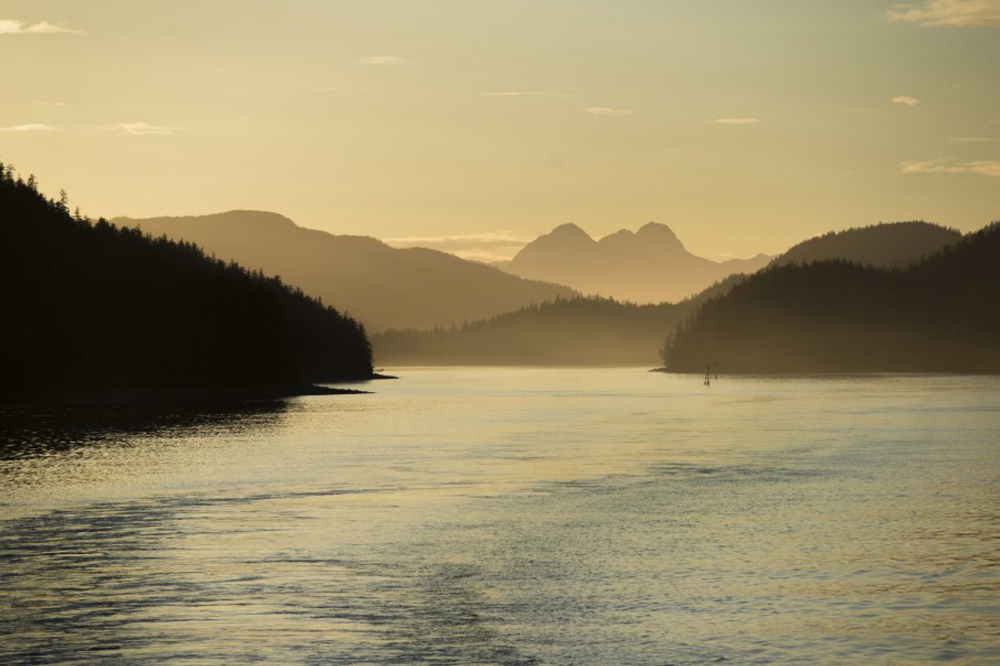WASHINGTON — Alaska has had some crazy weather lately. That included a record 91 degrees in Eagle in May, the “hottest temperature ever recorded so early in the calendar year in our 49th state,” per The Washington Post’s Capital Weather Gang.
And now, the National Oceanic and Atmospheric Administration reports that the state as a whole experienced its warmest May in the weather books. As the agency puts it:
“The Alaska statewide average temperature for May was the warmest on record in 91 years of record keeping at 44.9°F, 7.1°F above average. The warmth in Alaska was widespread with several cities were record warm, including Barrow and Juneau.”
The consequences of this warmth were myriad, including much early year melting of snow.
North America saw its third lowest snow cover on record for May of 2015. Much of that was due to anomalously low snow cover across Alaska.
So doesn’t this just mean Alaskans are having an awesome early summer?
Maybe, but there’s a major downside to new Alaskan heat records like this one – which relates to how the polar amplification of global warming could actually make global warming itself worse.
If there’s less snow cover in the high north, then more sun reaches the bare earth, which is darker and absorbs more of it, as David Robinson, a snow expert from Rutgers, explained. And that increases the chance of thawing permafrost.
Across the Arctic, permafrost soils contain massive amounts of carbon dioxide. Scientists think these soils are going to start emitting, and it won’t always be a slow, steady process. Large bursts of carbon may also be released in northern megafires – like one that occurred on the North Slope in 2007. As The Washington Post reported in May:
One region where wildfires could have a large climate impact is in the forest of the Arctic. The fear is of a future featuring more fires like the gigantic, “unprecedented” 2007 Anaktuvuk River fire that consumed 1,039 square kilometers of North Slope tundra, single-handedly giving off 2.1 million metric tons of carbon. And 60 percent of that, a team of scientists found in 2011, came not from vegetation but from the Arctic’s carbon-rich permafrost soils, which the fire had burned away.
There’s no telling how hot Alaska will get this summer, but the state is off to an incredible start.
Copy the Story LinkSend questions/comments to the editors.



Success. Please wait for the page to reload. If the page does not reload within 5 seconds, please refresh the page.
Enter your email and password to access comments.
Hi, to comment on stories you must . This profile is in addition to your subscription and website login.
Already have a commenting profile? .
Invalid username/password.
Please check your email to confirm and complete your registration.
Only subscribers are eligible to post comments. Please subscribe or login first for digital access. Here’s why.
Use the form below to reset your password. When you've submitted your account email, we will send an email with a reset code.